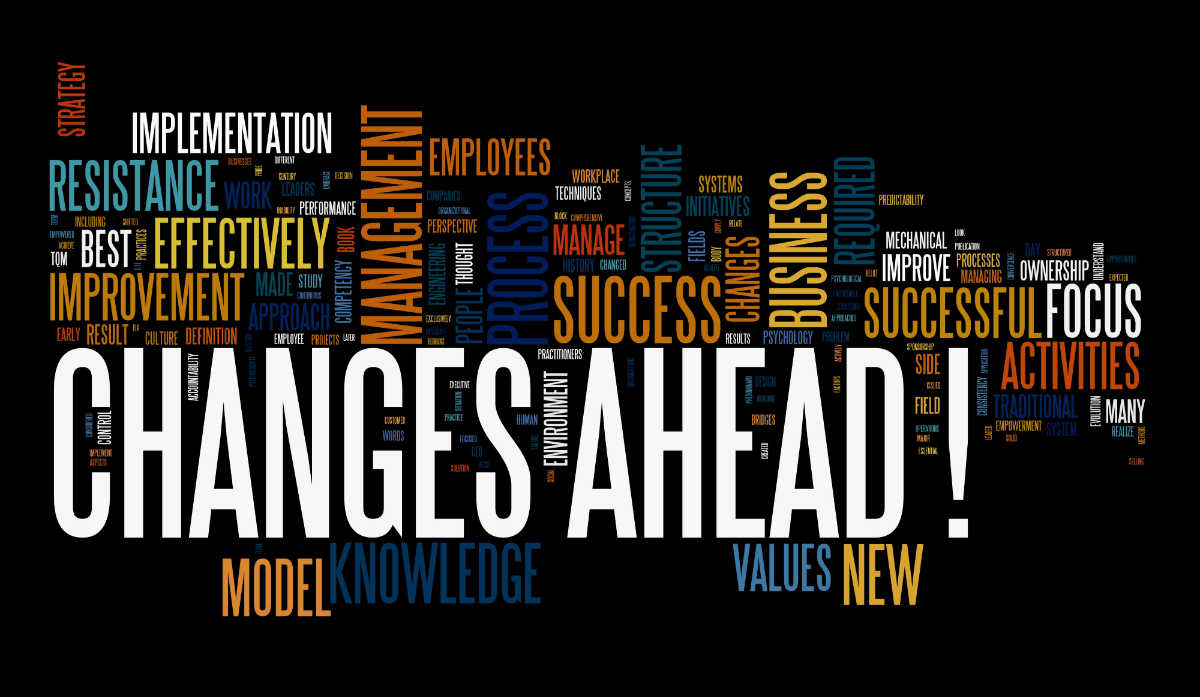Digital transformers are accelerating adoption of an integrated digital business strategy as a response to customers’ redefinition of markets. Moreover, it is digital technology that enables these markets to change the nature of competition across industries.
Previously, transformation initiatives were largely driven from the inside-out—with processes such as Lean Six Sigma, Zero-based budgeting, Business Process Reengineering, starting deep inside the organisations until their successes were obvious and then copied by their competitors.
Because this approach clearly threatens companies’ long-held market positions, the best strategy to stay ahead of the competition is to adopt a consumer or outside-in view. This approach provides growth opportunities that are greater than traditional market definitions.
Across all industries, from consumer goods to health care, manufacturing to financial services; more companies are “going digital.” The revolution of digitisation is fundamentally changing the way companies make and sell products as well as reach customers. From capturing “Big Data” insights to creating online platforms for inventory management or customer service, there are significant opportunities and challenges for the traditional companies.
However, digitisation is not just about technology. Even access to the best technology doesn’t ensure digital success. More traditional companies must have the right mix of leadership to lead and execute a successful transformation. A successful business strategy for a digital transformation, therefore, requires a comprehensive digital transformation leadership engine to complete the mission.
Highly experienced digital talent is hard to find and compete for and even when they are found, these digital natives differ in competencies, traits and drivers when compared with the leadership traits of the traditionally successful organisations. They tend to be motivated by structure and prefer narrowly defined or single-focus roles requiring depth and specialised knowledge skills, clear objectives, and a higher degree of detail orientation and predictability. In comparison, executives in the traditional companies tend to be savvier in influencing others, rely more on lateral influence in their roles, and are far more social and empathetic than are the digital executives. Organisations going for digital transformation need a combination of digital natives and digitally ready, in-house leadership talent capable of taking active roles in the transformation. This existing leadership talent possesses skills such as navigating the organisation, building relationship networks, and influencing others; which are crucial to fostering buy-in of digitisation initiatives.
The digitally ready in-house natives need specific skills development around complex transformation programme design and delivery, agility, design thinking and building networked organisations. The digital natives need support in understanding the interpersonal relationships, organisation culture and above all people oriented competencies. Many born-digital executives also say that failing equals learning, and therefore failing fast equals learning fast. This is an alien concept in many established companies, where quality and incremental continual improvement is paramount to success.
In the hybrid leadership execution strategy, a structured approach to managing the management mind-set conflict between these two sets of leaders is required. They need support and help during the transformation journey, as it is very easy for any one of these leadership talents to introduce friction and non-coherence, if not managed properly. If the right balance is achieved in this hybrid management talent strategy, phenomenal business outcomes can be achieved by the traditional organisations.

